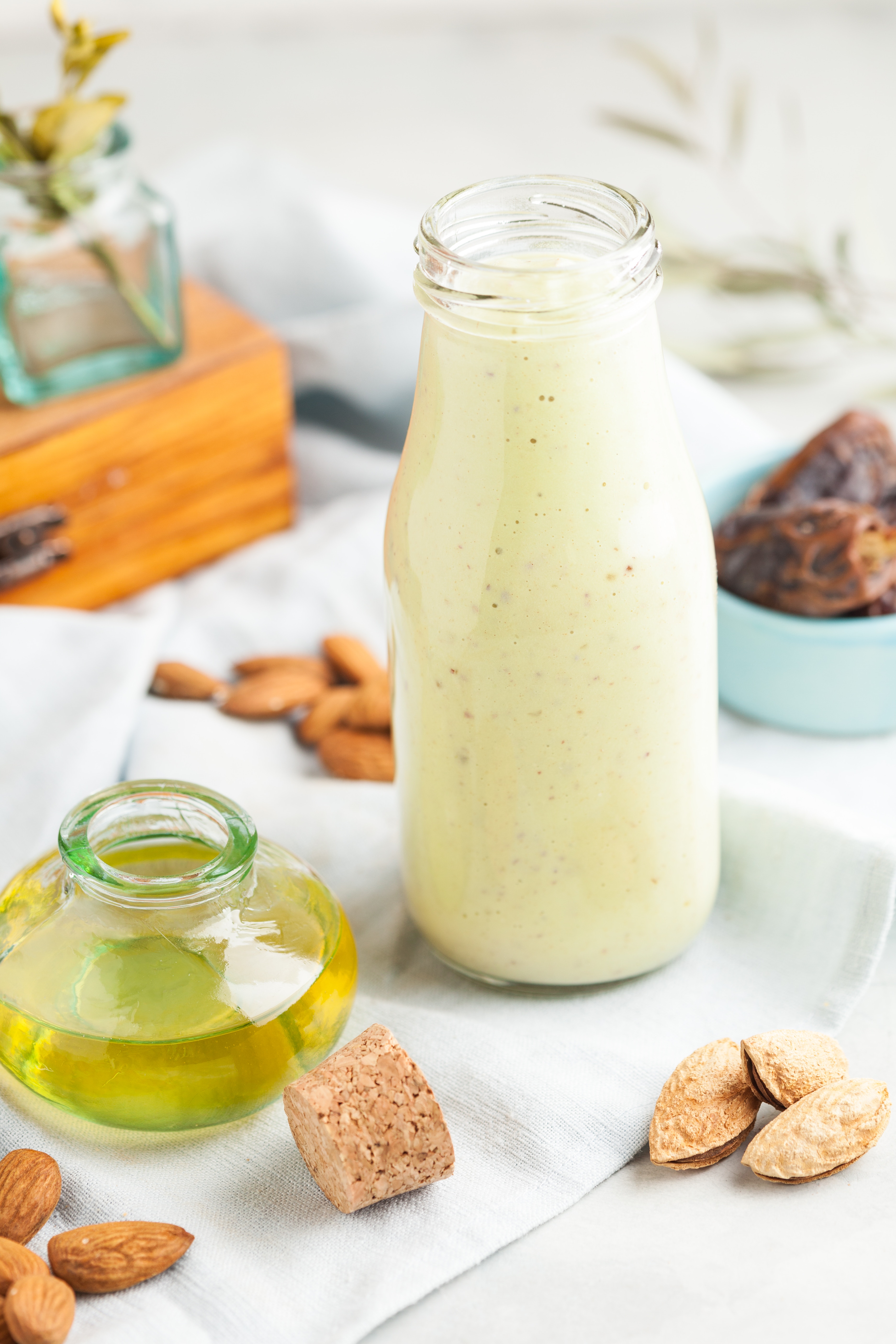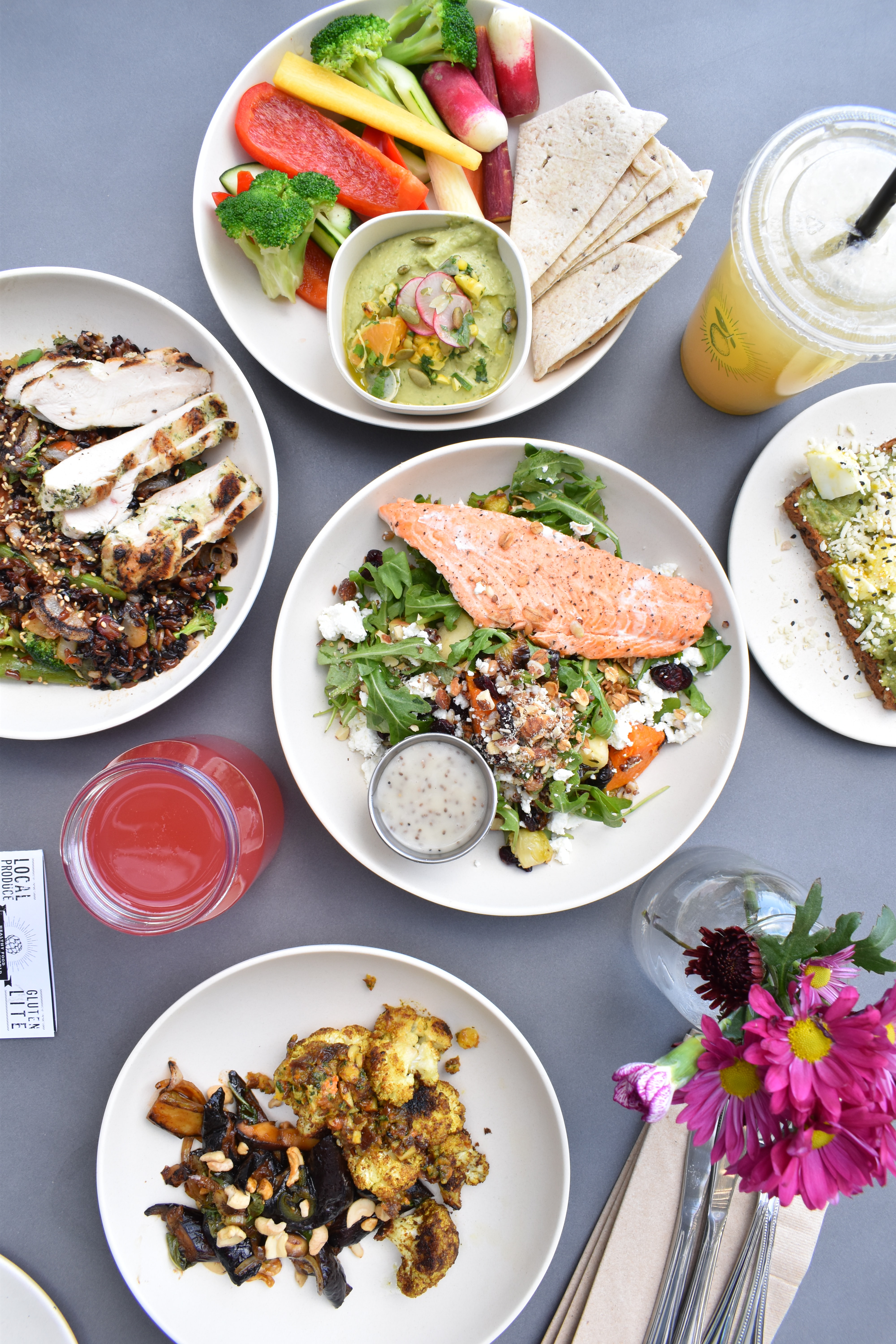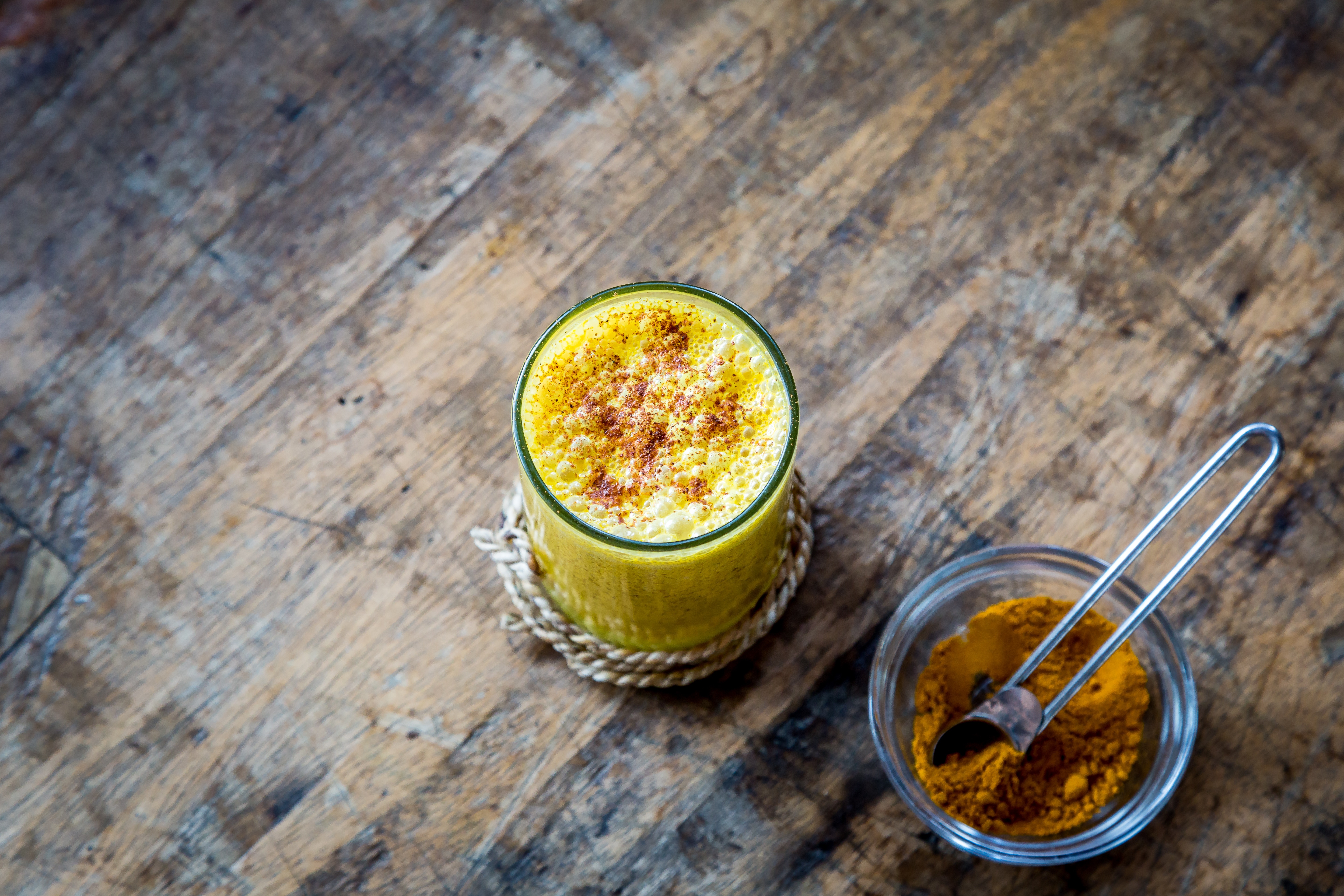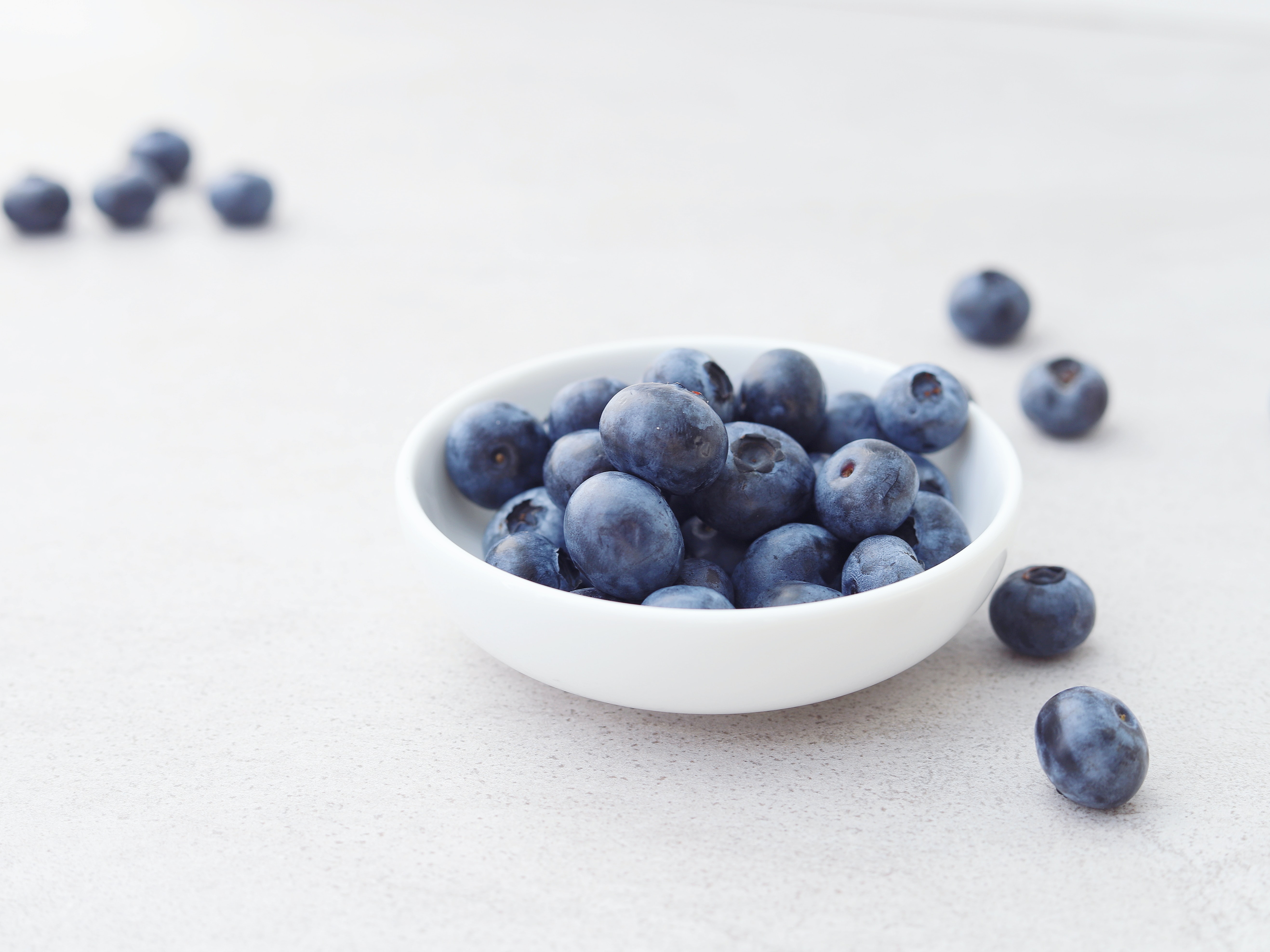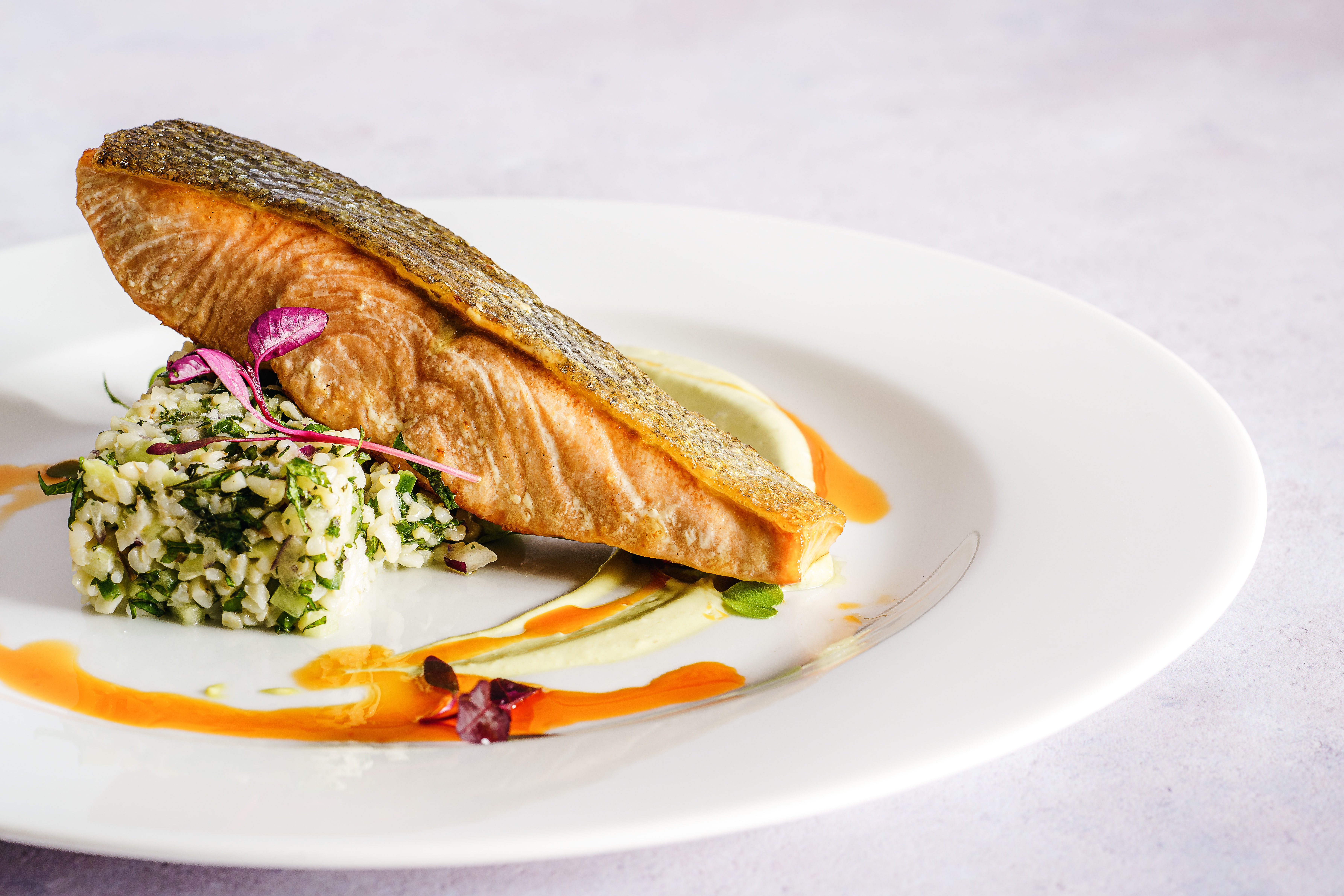The thyroid is a butterfly-shaped gland in your neck that releases hormones. Thyroid hormones help your body regulate a few things – not a big deal – just the metabolism of ALL cells. And this is critical for having the energy to live your life.
(Yes, your thyroid IS a big deal!)
Furthermore it’s estimated that at least 3.7% of UK adults have an underactive thyroid.
When you don’t have enough thyroid hormone, you have what’s called hypothyroidism. This can result in the slowing down of your metabolism and chronic fatigue. Some of the other symptoms can include weight gain, forgetfulness, dry hair and skin, constipation and feeling cold.
You can get a diagnosis of underactive thyroid from a blood test from your health professional.
How does the thyroid become underactive?
There are many reasons why your thyroid may become underactive. The most common is autoimmunity, where the immune cells attack other cells in the body. In this case, the cells of the thyroid gland.
It can also be the result of low levels of iodine, which is an essential mineral.
Below I explain about nutrients for underactive thyroid.
Nutrients for underactive thyroid
Enough iodine from food – you will find iodine naturally in fish and seafood. Other foods that contain iodine are navy beans, potatoes, and eggs. Sometimes levels of natural iodine depend on the amount of iodine in the soil. Also you will find that iodine is also added (i.e., fortified) to some foods.
Enough selenium from food – selenium is another essential mineral to support the thyroid. Selenium-rich foods include Brazil nuts, mushrooms, meat, and fish.
Enough protein – One of the common symptoms of thyroid issues is fatigue. If this is the case, one thing you can eat more of is protein. Protein keeps you feeling full for longer and has plenty of B vitamins to support your adrenals and energy production.
Gluten-free – Try going gluten-free. There is evidence of a link between underactive thyroid and gluten sensitivity. There may be a “cross-reactivity” where the immune cells that are sensitised to gluten can attack the thyroid cells by mistake. This is essentially how autoimmunity works and can affect more than just your thyroid. Also you could request to get tested for coeliac disease if you are experiencing thyroid issues.
Lifestyle upgrade – additionally tiredness and fatigue are very common when it comes to thyroid issues. In this case, it’s important to get enough quality sleep and reduce stress.
Conclusion
If you have concerns about your thyroid, then ask to be tested. That along with asking for testing for coeliac disease can help to confirm your best plan to move forward in good health.
Foods to support your thyroid include iodine- and selenium-containing foods and gluten-free foods. Don’t forget to eat enough protein to help boost your metabolism.
If you want to supplement with iodine, you should work with a qualified health professional.
Also regular exercise, quality sleep, and stress-reduction are all part of the holistic approach to supporting your thyroid.
Do you or someone you know have concerns about your thyroid? What diet and lifestyle factors have you got the most benefit from? Let me know by commenting below.
Contact
Finally for more information on using nutrition to support your thyroid, contact Kate for a free 15 minute phone consultation.
References:
http://www.precisionnutrition.com/all-about-thyroid
https://www.dietvsdisease.org/the-best-diet-for-an-underactive-thyroid/
http://www.who.int/elena/titles/iodine_pregnancy/en/
https://www.dietvsdisease.org/meal-plan-for-hypothyroidism-and-weight-loss/
https://www.dietvsdisease.org/meal-plan-for-hypothyroidism-and-weight-loss-week-2/
Photo by Kate Hliznitsova on Unsplash



